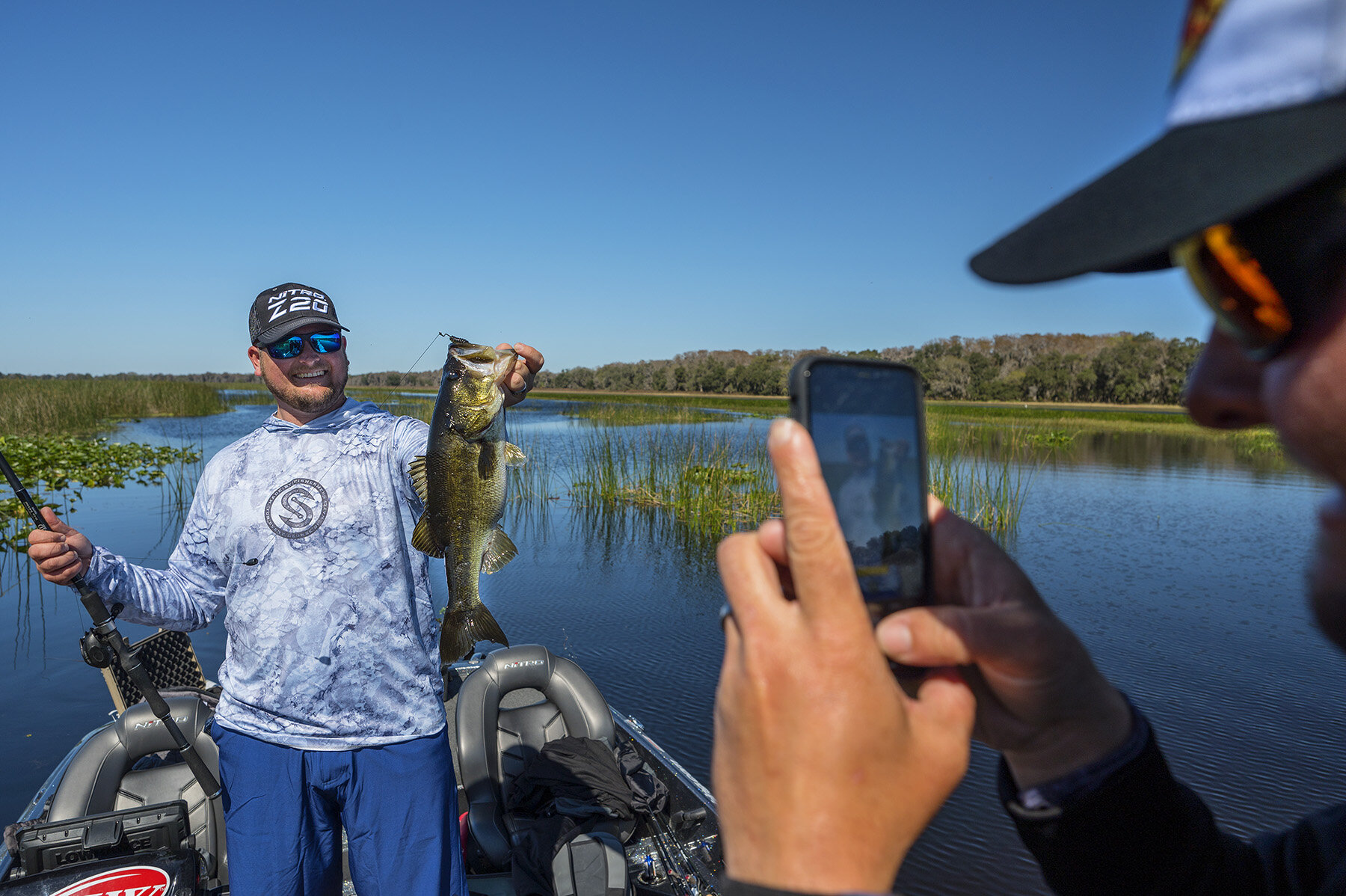Electronics Basics Chapter 1- 2D Sonar
/To delve into all the intricacies of GPS, Fishfinders and Electronic mapping, would be a very exhausting endeavor indeed- and honestly, I don't think my fingers, or my keyboard, could take that kind of abuse. Today's electronics are serious pieces of equipment and they are extremely complex, which makes learning how to use them correctly quite overwhelming. In order for you to dive into all the settings and features, it is important to understand the basics, so I will go over some key points about your electronics. They don't call me Sonar for nothing!
Fish dont always show up as arches on your screen. When Standing still, they resemble worm-like shapes.
Basic 2D Sonar
What I like to call 2D sonar, has been around for a reletively long time. It is the type of sonar that is in every base level unit- all the way up to your Lowrance Gen 2 Touch HDS-12. It remains part of even the most top-of-the-line GPS/Fishfinder units because it still is extremely useful. Essentially, 2D sonar is a view of what is below your boat, but there is much more to it than that.
First off, 2D sonar gets its "image" that you see on the graph from a cone-shaped sonar "beam" that goes from your transducer, all the way to the bottom. Once that very fast signal is intercepted by the transducer again, it is sent to your screen to show you what is below. The important thing to remember is that what you are seeing on the screen is just things that that beam reflected off and came back to the unit. Also a key thing to remember is that beam is in the shape of a cone, which means that whatever you see on your screen can be anywhere within that cone, so some objects, including fish, aren't always directly below you when they show up on the screen.
Fish, standing timber, vegetation, rock, sand, mud- they all reflect the beam, but they all reflect it differently, which is how you can tell what is what. Understanding what you are looking at on your screen is imperative, and all the clues are right in front of your nose. Think of a sonar beam like a bouncy ball. Throwing it against different surfaces make it bounce more or less. Throwing the ball on concrete is going to give you a more positive return, while throwing it in shag carpet is going to result in a half-hearted attempt to bounce back up. When the sonar beam hits something hard, it shows up as a stronger return on your screen- with color screens it will show up with brighter yellows or thicker bands on the bottom. If it is a soft bottom, you will see a narrower bottom image, or reds or blues when it comes to most color units. The same goes for anything else that the beam bounces against. When it comes to fish, the bigger the fish, the wider the image. Generally, I won't even fish for a fish I see on the graph unless it has lots of yellow in the middle of the image. Grass is easy to tell from other cover, because generally it is softer, and you can see the bottom underneath it despite it taking over part of your screen. Soon, you can even tell what kind of grass it is, or how healthy it is, just by the density of the image.
One other thing, it is very important to understand how to interpret what the screen is telling you. Just remember that the right side of your screen is what is under your boat now, while what is scrolling across towards the left is what is behind you.
One thing that I get asked all the time is why people can't see fish as arches all the time. Fish will either show up as an arch, or a line on the screen. Fish will show up as arches when the boat is moving, but when the boat is stationary they will show up as worm-like shapes…..and when you start seeing those "worms" squiggling up and down the screen, you are in for some fun!
I hope this little bit of information helps! Remember, you can always ask a question by leaving a comment below and I can answer that question for you!















